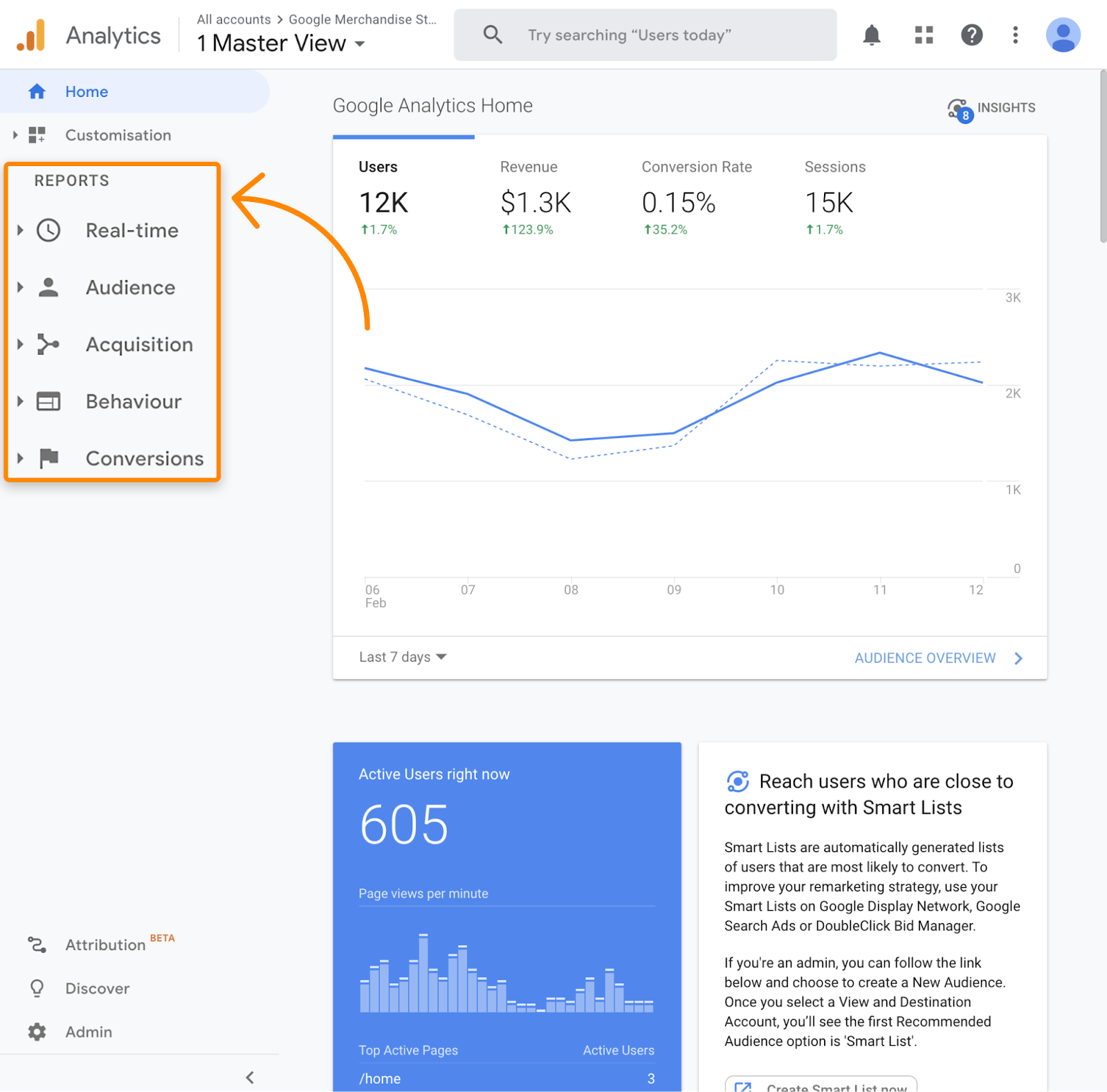Unveiling the Impact of Secondary Measurement in Google Analytics on Information Analysis and Insights
In the world of information analytics, the utilization of secondary dimensions within Google Analytics has emerged as a critical tool for drawing out much deeper understandings and unraveling facility patterns that could otherwise continue to be covered. By peeling back the layers of primary data collections, second dimensions provide a nuanced point of view that improves the understanding of customer behavior, website performance, and the performance of advertising approaches.
Exploring the Concept of Additional Dimensions
Additional measurements in Google Analytics give added understandings by enabling customers to analyze key information together with an additional quality. This attribute enables a more extensive understanding of the key data by adding another layer of info for analysis. By incorporating second measurements, users can dive much deeper into the information and discover valuable relationships that may otherwise go undetected. For instance, by matching the key information of site web traffic with additional dimensions like demographics or actions, marketing professionals can gain an extra detailed view of their target market and tailor their approaches appropriately.
By discovering the numerous secondary dimensions offered in Google Analytics, customers can unlock brand-new understandings and optimize their electronic advertising initiatives. In essence, secondary dimensions serve as a powerful tool for boosting information evaluation and driving workable results.
Enhancing Data Interpretation With Secondary Dimensions
Having actually developed the fundamental understanding of additional dimensions in Google Analytics and their essential function in data analysis, the focus currently changes in the direction of leveraging these additional credit to enhance the interpretation of analytics information (what is a secondary dimension in google analytics). By integrating secondary measurements into data evaluation, experts can gain much deeper insights right into individual behavior, internet site performance, and marketing efficiency

In addition, second measurements help in contextualizing primary data metrics by giving added layers of details. This contextualization aids in understanding the 'why' behind the data fads, aiding experts make notified optimizations and decisions to enhance general efficiency. Ultimately, including additional measurements enhances the information interpretation procedure, causing more purposeful insights and critical actions.
Revealing Hidden Insights Through Additional Dimensions
Checking out the midsts of analytics data with second dimensions exposes useful understandings that would otherwise continue to be obscured. By integrating second dimensions in Google Analytics, organizations can unearth concealed patterns, trends, and connections that give a more detailed understanding of user actions and web site performance. These added layers of data permit analysts to delve much deeper into the key dimensions, such as website traffic sources or touchdown pages, and get a more nuanced point of view on how different variables interact with each other.
Via the use of additional dimensions, analysts can sector and compare data throughout different dimensions, allowing them to determine particular factors that view website affect individual engagement, conversion prices, and general success metrics. By matching the key measurement of 'device group' with the second dimension of 'age group,' marketing professionals can identify which age demographics prefer accessing the website via mobile gadgets versus desktops.
Leveraging Secondary Measurements for Actionable Analytics
Building upon the insights revealed through secondary measurements in Google Analytics, companies can now harness this enriched data landscape to drive actionable analytics and strategic decision-making. By leveraging additional dimensions, organizations can dive deeper right into their data to draw out valuable patterns, patterns, and correlations that may have formerly gone unnoticed. This much deeper level of analysis makes it possible for companies to gain a more extensive understanding of customer behavior, project efficiency, and overall web site effectiveness.
One secret benefit of utilizing additional dimensions for workable analytics read the full info here is the ability to sector data based upon details requirements. This segmentation allows services to tailor their projects and techniques to various target market teams, bring about much more targeted and effective advertising and marketing initiatives - what is a secondary dimension in google analytics. Additionally, second measurements supply a more holistic sight of individual communications, allowing companies to maximize their web site content, style, and general customer experience
Optimizing Decision-Making With Secondary Dimensions
To enhance calculated decision-making in analytics, leveraging secondary dimensions in Google Analytics can offer a more nuanced viewpoint on customer actions and project efficiency. By integrating additional dimensions into data analysis, businesses can delve much deeper right into the specifics of their web site site visitors' interactions and engagement patterns. This additional layer of information permits an extra thorough understanding of just how various variables, such as demographics, gadgets, or web traffic sources, impact key performance indications.

Conclusion
Finally, using secondary dimensions in Google Analytics plays an essential duty in improving data evaluation and uncovering hidden understandings. By exploring this principle, one can obtain a deeper understanding of individual habits and make informed choices based on workable analytics. Leveraging second measurements permits a more detailed interpretation of data and maximizes the performance of decision-making processes.
